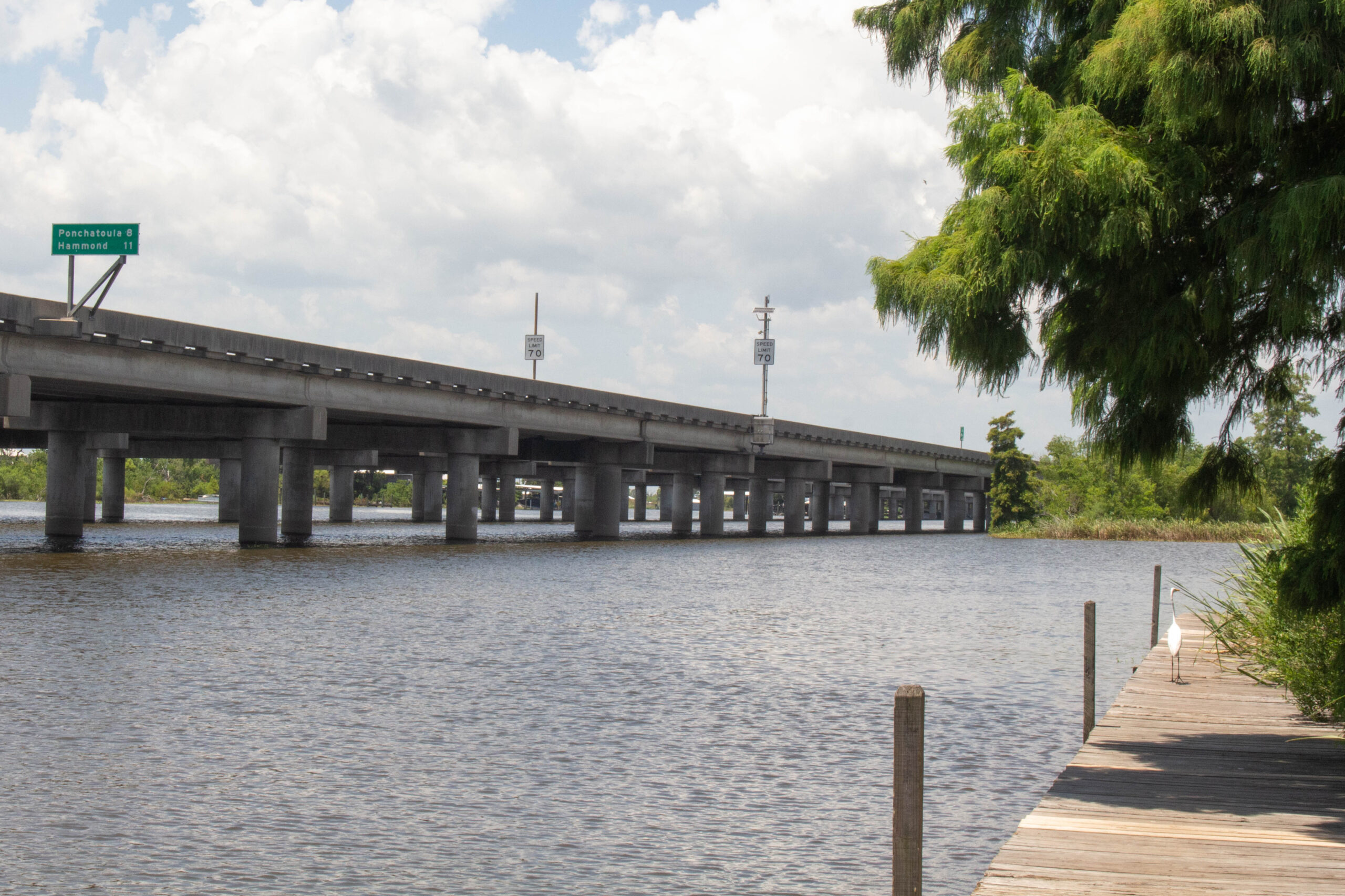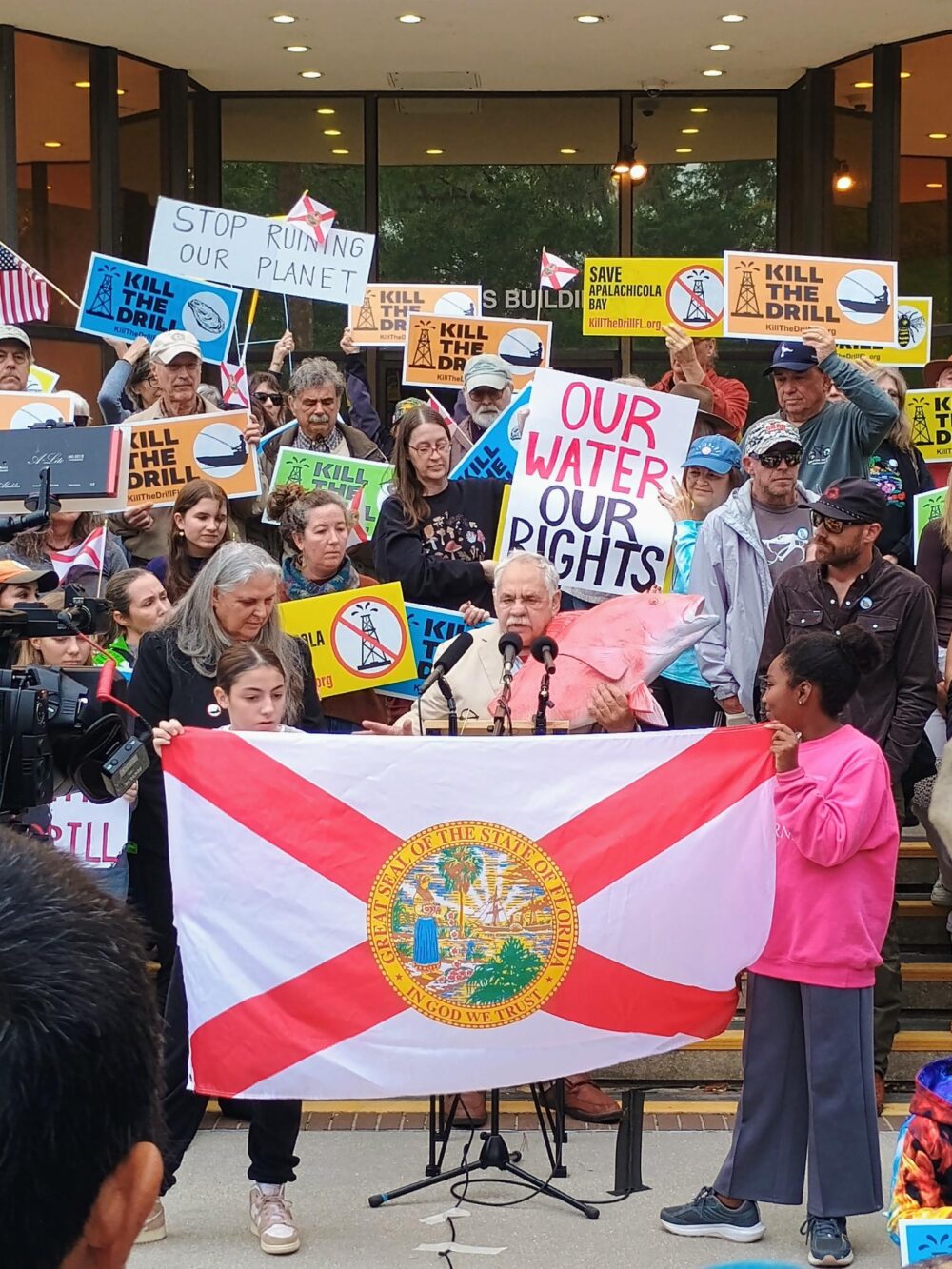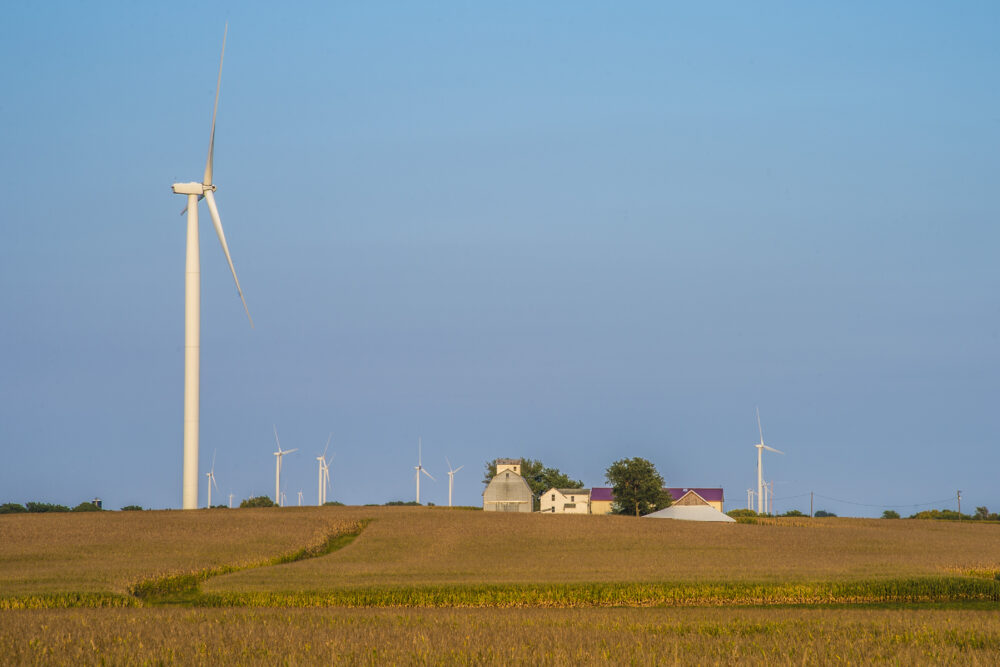We have much more to do and your continued support is needed now more than ever.
Carbon Management Regulations: Louisiana Spotlight

Carbon management is expanding widely throughout the Gulf Coast, and many large projects are on the brink of development. While these projects bring economic opportunity and hold important climate considerations, many communities have deep concerns regarding carbon management and its local impacts. NWF has covered the relevance of carbon management to Louisiana here and prevalent community concerns in the state here, but the regulatory environment surrounding carbon management in Louisiana is another important topic that deserves attention.
Regulations serve an important role in conservation and environmental stewardship, requiring good conduct for industry and sportsmen alike to prevent excessive impacts to species, ecosystems, and natural resources. Many environmental regulations serve to better communities and avoid public health concerns, such as pollution and contamination. Carbon management regulations have the potential to serve both human communities and natural ecosystems if properly mandated and enforced.
What is carbon management?
Carbon management is an umbrella term for multiple technologies, and many regulatory structures are applied to these different technologies. For example, carbon sequestration is regulated primarily by the Underground Injection Control (UIC) program while direct air capture (DAC) standards are currently being developed by the National Energy Technology Laboratory (NETL), a part of the Department of Energy (DOE).
To build a complete picture of the regulatory environment encompassing carbon management, the standards and regulations related to carbon capture, utilization, and storage (CCUS) as well as direct air capture and carbon transport must be discussed.

Point-source carbon capture and direct air capture designs are not subject to specific regulations, but to a broad set of regulations that apply to industrial technology in general. The technology must meet pre-existing safety standards and follow the normal course of project development.
Most DAC projects in the United States are currently guided by the DOE Regional Direct Air Capture Hubs program, which has heightened standards that include justice and equity measures. Regulations for carbon utilization are similar since it falls under pre-existing regulations for chemical use, as carbon dioxide is already utilized in industrial processes such as fertilizer production.
Carbon dioxide storage, also known as carbon sequestration, is regulated by the Environmental Protection Agency (EPA) UIC program. The UIC program was established by the Safe Drinking Water Act (SDWA) of 1974 to protect underground sources of drinking water by regulating various classes of injection wells. Carbon storage wells are identified as Class VI wells and held to high standards, including monitoring, well testing, and operating requirements.
Pipelines for carbon dioxide transport are regulated by the Department of Transportation (DOT) Pipeline and Hazardous Materials Safety Administration (PHMSA). Carbon pipelines have a high safety record, despite the prominent leak in Satartia, Mississippi, and in early 2024 updates to existing regulations were proposed to address the leak. PHMSA views carbon dioxide transportation as an important emerging issue that deserves attention and high priority.
Regulations in Louisiana
In Louisiana, many carbon management policies are currently being developed and expanded. In the 2023 and 2024 Legislative Sessions, many bills on the topic were written and debated, and following the 2023 session there was a Task Force on Local Impacts of Carbon Capture and Sequestration to explore community concerns, regulatory issues and economic prospects of the subject.
There are many bills passed by the Louisiana Legislature that impact carbon management regulations, ranging from liability to eminent domain issues. HB169 authored by Rep. Carter (D-72) increased the personal damages compensation that a corporation could be required to pay and HB571 authored by former Rep. Shexnayder (R-81) requires that any parish included in a carbon storage well permit be notified of the permit.
While the EPA manages carbon storage well permitting, the agency awards states primacy, or authority to manage permits, if the state can demonstrate capability to regulate well operations. In December 2023, Louisiana was granted primacy over carbon sequestration wells. Since then, the Louisiana Department of Energy and Natural Resources has permitting authority and records the permitting process on their website.

Looking forward
Many different regulatory agencies and both the state and federal governments are involved in ensuring the safety of carbon management projects. As carbon management projects are developed across the country, regulations will be adapted to accommodate new technologies. During this period, it is necessary that community and wildlife advocates scrutinize regulatory decisions to ensure that community safety, health and the wellbeing of the environment are continuously prioritized.
This blog was written with the support of Angela Luciano at the Texas Louisiana Carbon Management Community at the Gulf Coast Carbon Center.





















